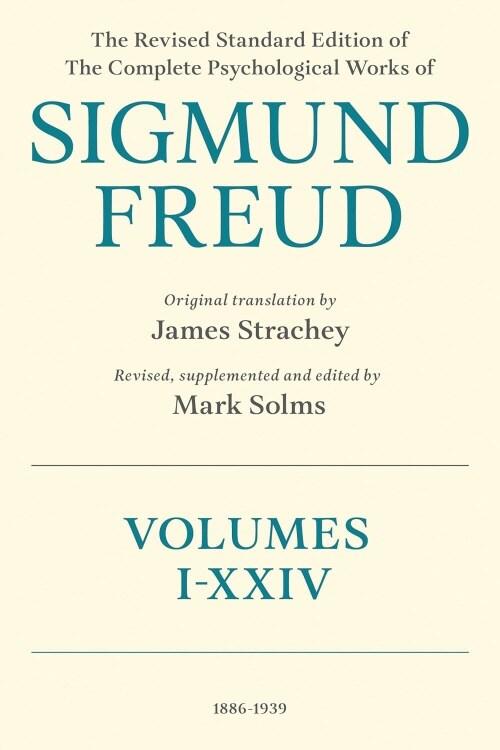책 이미지
![[eBook Code] Absorption and Drug Development](/img_thumb/9781118285992.jpg)
책 정보
· 분류 : 외국도서 > 의학 > 약리학
· ISBN : 9781118285992
· 쪽수 : 744쪽
목차
Preface xxiii
Preface to the First Edition xxvii
List of Abbreviations xxxi
Nomenclature xxxv
Commercial Trademarks xli
1 Introduction 1
1.1 Bulldozer Searching for a Needle in the Haystack? 1
1.2 As the Paradigm Turns 4
1.3 Screen for the Target or ADME First? 5
1.4 ADME and Multimechanism Screens 6
1.5 ADME and the Medicinal Chemist 7
1.6 The “Absorption” in ADME 8
1.7 It Is Not Just a Number It Is a Multimechanism 9
References 9
2 Transport Model 12
2.1 Permeability–Solubility–Charge State and pH-Partition Hypothesis 12
2.2 Properties of the Gastrointestinal Tract (GIT) 17
2.3 pH Microclimate 22
2.4 Intracellular pH Environment 23
2.5 Tight Junction Complex 23
2.6 Structure of Octanol 23
2.7 Biopharmaceutics Classification System 25
References 26
3 pKa Determination 31
3.1 Charge State and the pKa 32
3.2 Methods of Choice for the Determination of the pKa 34
3.3 Titration with a Glass-Membrane pH Electrode 34
3.4 Equilibrium Equations and the Ionization Constant 38
3.5 “Pure Solvent” Activity Scale 41
3.6 Ionic Strength and Debye–Hückel/Davies Equation 41
3.7 “Constant Ionic Medium” Activity Scale 43
3.8 Temperature Dependence of pKa Values 47
3.9 Electrode Calibration and Standardization 55
3.10 Bjerrum Plot: Most Useful Graphical Tool in pKa Analysis 66
3.11 Cosolvent Methods for pKa Determination of Practically Insoluble Substances 78
3.12 Other Methods for pKa Measurement 96
3.13 pKa Microconstants 102
3.14 pKa Compilations 107
3.15 pKa Prediction Programs 107
3.16 Database of pKa (25°C and 37°C) 107
Appendix 3.1 Quick Start: Determination of the pKa of Codeine 127
Appendix 3.2 Tutorial for Measurements with Glass-Membrane pH Electrode 130
Appendix 3.3 pH Convention Adopted by IUPAC and Supported by NIST 137
Appendix 3.4 Liquid-Junction Potentials (LJP) 140
Appendix 3.5 pKa Refi nement by Weighted Nonlinear Regression 146
Appendix 3.6 Molality to Molarity Conversion 157
References 158
4 Octanol–Water Partitioning 174
4.1 Overton–Hansch Model 175
4.2 Tetrad of Equilibria 175
4.3 Conditional Constants 177
4.4 log P Data Sources 178
4.5 log D Lipophilicity Profile 178
4.6 Ion-Pair Partitioning 183
4.7 Micro-log P 187
4.8 Methods for log P Determination 188
4.9 Dyrssen Dual-Phase Titration log P Method 189
4.10 Ionic Strength Dependence of log P 194
4.11 Temperature Dependence of log P 194
4.12 Calculated versus Measured log P of Research Compounds 194
4.13 log D versus pH Case Study: Procaine Structural Analogs 196
4.14 Database of Octanol–Water log PN log PI and log D7.4 201
References 209
5 Liposome–Water Partitioning 220
5.1 Biomimetic Lipophilicity 221
5.2 Tetrad of Equilibria and Surface Ion-Pairing (SIP) 221
5.3 Data Sources 222
5.4 Location of Drugs Partitioned into Bilayers 222
5.5 Thermodynamics of Partitioning: Entropy- or Enthalpy-Driven? 223
5.6 Electrostatic and Hydrogen Bonding in a Low Dielectric Medium 224
5.7 Water Wires H+/OH− Currents and Permeability of Amino Acids and Peptides 227
5.8 Preparation Methods: MLV SUV FAT LUV ET 228
5.9 Experimental Methods 229
5.10 Prediction of log PMEM from log POCT 229
5.11 log DMEM diff log PMEM and Prediction of log PSI M P EM from log PI OCT 233
5.12 Three Indices of Lipophilicity: Liposomes IAM and Octanol 238
5.13 Getting It Wrong from One-Point log DMEM Measurement 239
5.14 Partitioning into Charged Liposomes 240
5.15 pKa MEM Shifts in Charged Liposomes and Micelles 240
5.16 Prediction of Absorption from Liposome Partition Studies? 241
5.17 Database of log PMEM and log PSI M P EM 242
References 245
6 Solubility 251
6.1 It’s Not Just a Number 252
6.2 Why Is Solubility Measurement Difficult? 252
6.3 Mathematical Models for Solubility–pH Profiles 255
6.4 Experimental Methods 270
6.5 Correction for the DMSO Effect by the “Δ-Shift” Method 287
6.6 Case Studies (Solubility–pH Profi les) 289
6.7 Limits of Detection—Precision versus Accuracy 306
6.8 Data Sources and the “Ionizable-Drug Problem” 308
6.9 Database of log S0 308
References 310
7 Permeability—PAMPA 319
7.1 Permeability in the Gastrointestinal Tract 320
7.2 Historical Developments in Permeability Models 323
7.3 Rise of PAMPA—A Useful Tool in Early Drug Discovery 336
7.4 PAMPA-HDM -DOPC -DS Models Compared 343
7.5 Modeling Biological Membranes 354
7.6 Permeability–pH Relationship and the Mitigating Effect of the Aqueous Boundary Layer 362
7.7 pKa FLUX-Optimized Design (pOD) 386
7.8 Cosolvent PAMPA 389
7.9 UV versus LC/MS Detection 397
7.10 Assay Time Points 400
7.11 Buffer Effects 402
7.12 Apparent Filter Porosity 404
7.13 PAMPA Errors: Intra-Plate and Inter-Plate Reproducibility 407
7.14 Human Intestinal Absorption (HIA) and PAMPA 409
7.15 Permeation of Permanently Charged Molecules 416
7.16 Permeation of Zwitterions/Ampholytes—In Combo PAMPA 424
7.17 PAMPA in Formulation: Solubilizing Excipient Effects 433
7.18 Database of Double-Sink PAMPA log P0 log Pm 6.5 and log Pm 7.4 448
Appendix 7.1 Quick Start: Double-Sink PAMPA of Metoprolol 460
Appendix 7.2 Permeability Equations 465
Appendix 7.3 PAMPA Paramembrane Water Channels 481
References 484
8 Permeability: Caco-2/MDCK 499
8.1 Permeability in the Gastrointestinal Tract 500
8.2 Cell-Based In Vitro Permeability Model 505
8.3 In Situ Human Jejunum Permeability (HJP) Model 514
8.4 Passive Intrinsic Permeability Coefficients of Caco-2 and MDCK Compared 515
8.5 Theory (Stage 1): Paracellular Leakiness and Size Exclusion in Caco-2 MDCK and 2/4/A1 Cell Lines 516
8.6 Theory (Stage 2): Regression Method for In Vitro Cellular Permeability 524
8.7 Case Studies of Cell-Based Permeability as a Function of pH 525
8.8 Human Jejunal Permeability Predicted Directly from Caco-2/MDCK 533
8.9 Caco-2/MDCK Database and Its In Combo PAMPA Prediction 550
References 563
9 Permeability: Blood–Brain Barrier 575
9.1 The Blood–Brain Barrier: A Key Element for Drug Access to the Central Nervous System 576
9.2 The Blood–Brain Barrier 576
9.3 Noncellular BBB Models 580
9.4 In Vitro BBB Cell-Based Models 586
9.5 In Vivo BBB Models 589
9.6 Paradigm Shift 592
9.7 In Silico BBB Models 608
9.8 Biophysical Analysis of In Vitro Endothelial Cell Models 608
9.9 In Situ Brain Perfusion Analysis of Flow 618
9.10 In Combo PAMPA–BBB Model for Passive BBB Permeability 631
References 663
10 Summary and Some Simple Approximations 681
Index 685













![[eBook Code] Absorption and Drug Development](./img_thumb/9781118285992.jpg)




![[eBook Code] Absorption and Drug Development (eBook Code, 2nd)](/img_thumb/9781118286036.jpg)
![[eBook Code] Absorption and Drug Development (eBook Code, 2nd)](/img_thumb/9781118285961.jpg)





